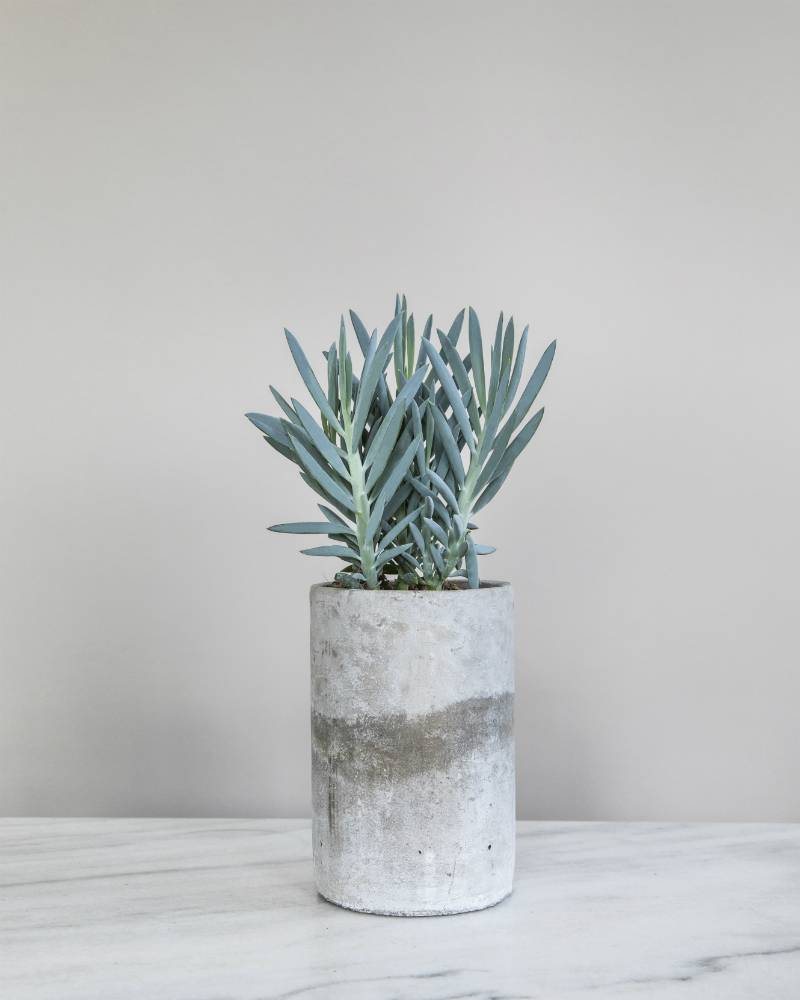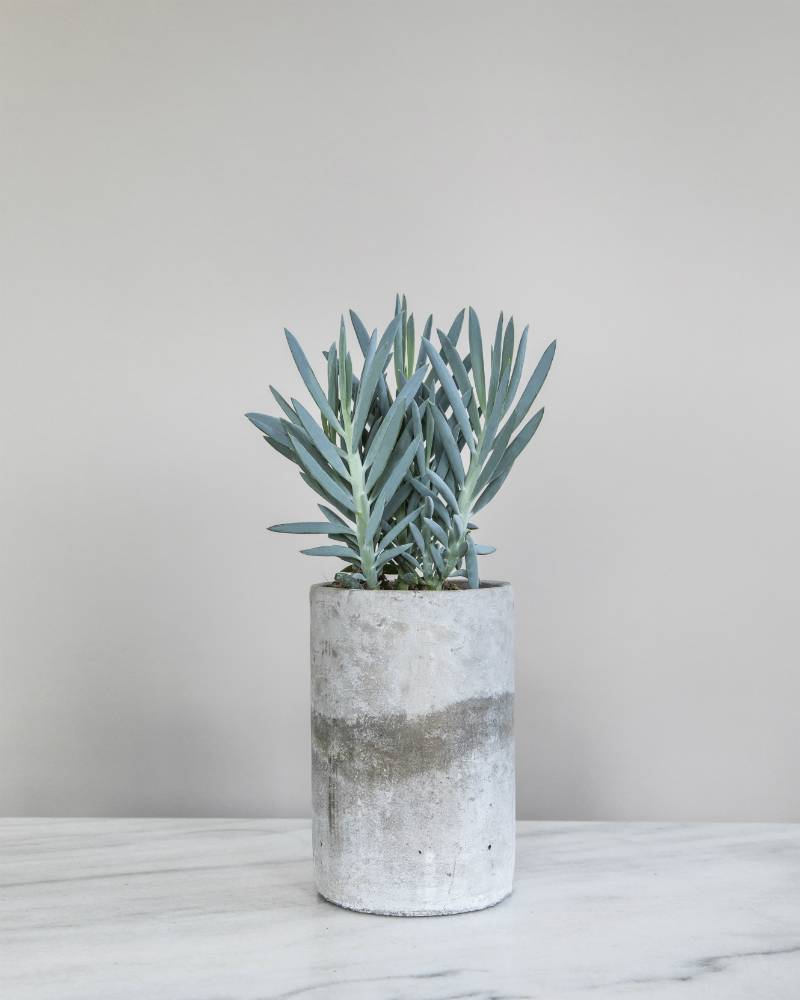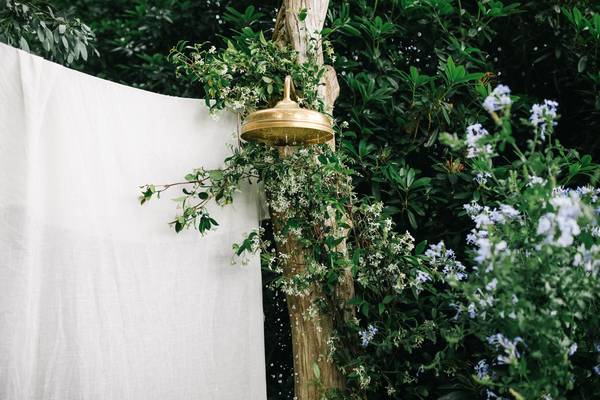
Care
Curio ‘Mount Everest’ will easily survive in temperatures ranging from 5 to 35°C. If it’s placed outside in the summer, the breeze will provide sufficient cooling and temperature can even go a bit higher.
- Summer: water once a fortnight
- Winter: once a month
- Place in a light, sunny spot

Colours and shapes
Curio ‘Mount Everest’ is a true foliage plant. It’s compact, reaching a maximum height of 40 to 50 centimetres. The plant’s diameter is usually not more than 15 centimetres. So it’s a manageable specimen. The fleshy leaves grow around the stems at a steady pace, so it requires a bit of patience. But don’t worry, your wait will be rewarded with a beautiful waxy, smooth branches with a bluey-grey coating.
Symbolism
No symbolism is known for this plant. but who needs symbolism when you’re named after the best-known mountain in the world? The plant is a popular topic of conversation amongst plant lovers. And if you have a friend who climbs mountains, it’s a handy gift idea. Which makes a change from yet another carabiner.
Origin
The name Curio ‘Mount Everest’ is a bit misleading. This foliage plant does not have its roots in Asia, but in Africa. The plant is a cross between two species of Curio which are native to mountain tops in South Africa’s Cape Province. It’s a dry, subtropical region, hence the love of the sun. Also fun to know: Curios are members of the large group of Senecio (ragwort) plants, of which there are over 1300 species in all sorts of forms.






